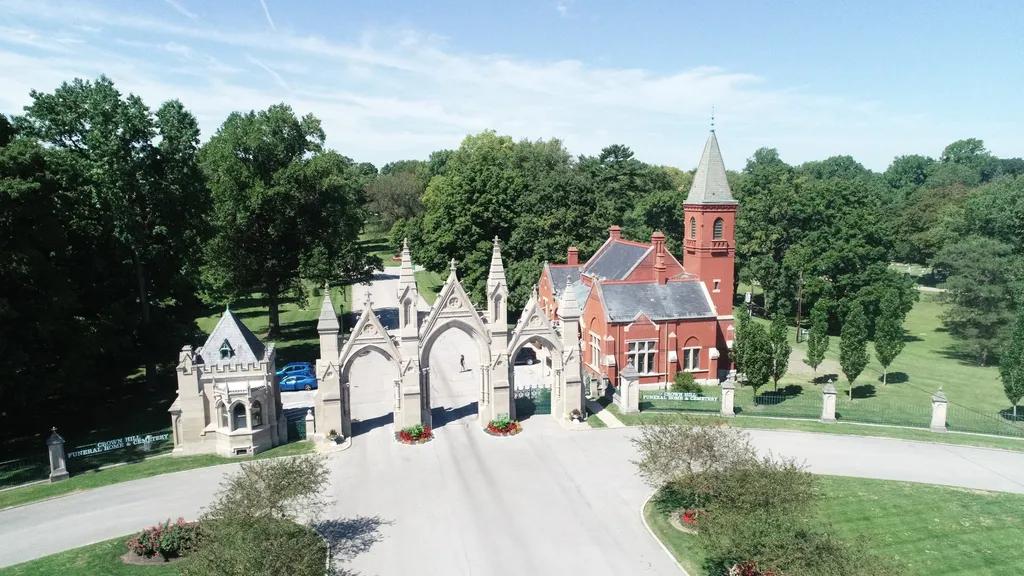Brick steps are a timeless and durable addition to any home, but over time they can start to show signs of wear and tear. To ensure the safety and longevity of your brick steps, it’s essential to address any repairs promptly and correctly. In this comprehensive guide, we will walk you through the essential steps to repairing brick steps in Indiana, covering everything from identifying common issues to selecting the right materials and techniques for a successful restoration. Whether you’re a seasoned DIYer or a homeowner looking to hire a professional, this guide will equip you with the knowledge and tools needed to restore your brick steps to their former glory.
Table of Contents
- Essential Tools and Materials for Brick Step Repair
- Common Causes of Brick Step Damage in Indiana
- Step-by-Step Guide to Repairing Brick Steps
- Expert Tips for Preventing Future Brick Step Damage
- Q&A
- In Summary

Essential Tools and Materials for Brick Step Repair
When it comes to repairing brick steps in Indiana, having the right tools and materials is essential for a successful project. To ensure you have everything you need, here is a list of the essential items you will require:
- Brick Chisel: Used for cutting and shaping bricks.
- Masonry Hammer: For splitting bricks and driving chisels.
- Trowel: Essential for applying mortar.
- Masonry Saw: For cutting bricks to size.
- Gloves and Safety Glasses: To protect your hands and eyes during the repair process.
Additionally, you will need the following materials:
- Bricks: To replace any damaged or missing bricks.
- Mortar Mix: For securing the bricks in place.
- Waterproofing Sealer: To protect the repaired steps from water damage.

Common Causes of Brick Step Damage in Indiana
One of the most is extreme weather conditions. The hot summers and cold winters in the state can cause the bricks to expand and contract, leading to cracks and crumbling. Additionally, heavy rain and snow can erode the mortar between the bricks, weakening the structure over time.
Another common cause of brick step damage is poor installation or lack of maintenance. If the steps were not properly installed with a solid foundation or if they have not been regularly maintained, they are more likely to deteriorate. Inadequate drainage around the steps can also lead to water pooling and seeping into the bricks, causing them to weaken and crack.

Step-by-Step Guide to Repairing Brick Steps
One of the most common outdoor maintenance tasks for homeowners in Indiana is repairing brick steps. Whether your brick steps are worn down from years of foot traffic or have been damaged by extreme weather conditions, it’s essential to address any issues promptly to prevent further damage and ensure the safety of those using the steps.
**Here is a in Indiana:**
**Assess the Damage:** Begin by thoroughly inspecting the brick steps to determine the extent of the damage. Look for cracked or loose bricks, crumbling mortar, and uneven or wobbly steps. Take note of any areas that require immediate attention and make a plan for addressing them.
Expert Tips for Preventing Future Brick Step Damage
Inspecting for Damage: Regularly inspecting your brick steps for any signs of damage is crucial in preventing future issues. Look out for cracks, chipping, or loose bricks that may indicate structural problems. If you notice any damage, it’s important to address it promptly to prevent further deterioration.
Maintaining Proper Drainage: Ensuring that your brick steps have proper drainage is essential for preventing water damage. Make sure that water is able to flow away from the steps to avoid pooling, which can lead to erosion and deterioration over time. Additionally, consider installing a gutter system or downspout extensions to divert water away from the steps and prevent moisture from seeping into the bricks.
Q&A
Q: What are common issues that require repair in brick steps?
A: Common issues that require repair in brick steps include cracked or deteriorating bricks, loose or wobbly steps, and crumbling mortar joints.
Q: How can I assess the extent of damage to my brick steps?
A: You can assess the extent of damage to your brick steps by carefully examining the bricks for cracks or signs of deterioration, checking for loose or wobbly steps, and inspecting the mortar joints for crumbling or missing mortar.
Q: What are the steps involved in repairing brick steps?
A: The steps involved in repairing brick steps typically include assessing the damage, removing any damaged bricks or mortar, cleaning the area, replacing bricks or mortar, and sealing the repair to protect it from future damage.
Q: Can I repair brick steps myself, or should I hire a professional?
A: While minor repairs to brick steps can be done by DIY enthusiasts, it is recommended to hire a professional for more extensive repairs to ensure the job is done correctly and to avoid further damage.
Q: How much does it typically cost to repair brick steps in Indiana?
A: The cost of repairing brick steps in Indiana can vary depending on the extent of the damage, the materials needed, and whether you hire a professional or do it yourself. In general, repairs can range from a few hundred dollars to over a thousand dollars.
In Summary
In conclusion, properly maintaining and repairing brick steps is crucial for ensuring the safety and longevity of your property. By following the essential guide to brick step repair in Indiana outlined in this article, you can tackle common issues such as settling, cracking, and erosion with confidence. Remember to always prioritize safety, use the right tools and materials, and seek professional assistance when needed. By taking proactive steps to address these issues, you can preserve the beauty and functionality of your brick steps for years to come. Thank you for reading.


